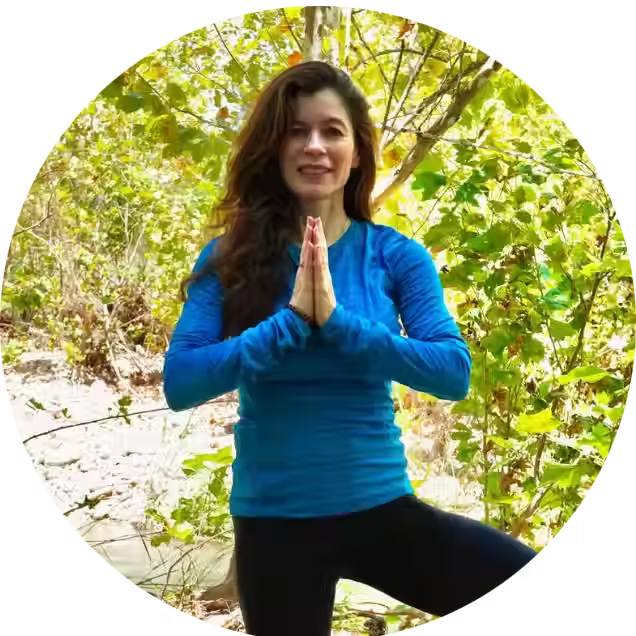Setting the Right Intention with Morning Prayers - Part One: A Personal Liturgy
- Lane Igoudin
- Jul 11, 2020
- 2 min read
Updated: Dec 10, 2021
My Hebrew name is Akiva ben Ariel. Akiva comes from Yaakov, ‘the follower’ of his twin brother Esau in Genesis; Ariel being my father’s Hebrew name. Akiva represents my affiliation with the Conservative (Masorti) movement, my religious home.
My dharma name is Kyojin, which stands for ‘abiding in compassion’. I received that name, along with the Bodhisattwa precepts, from my Zen teacher during jukai, a 700-year-old lay ordination ceremony, which culminated my years of study of Buddhism in the Soto Zen School tradition.
These two spiritual names are not at odds. Through Akiva, I venerate G-d, the Creator and the eternal energy of the universe. And through Kyojin, I gain the clarity to see the world – real, complicated, and wondrous – that he has created. One daily ritual which allows me to bring regular contemplative practice into my worship is morning prayers, birchot ha-shachar.
Most of my affiliated friends participate in Shabbat services and follow the annual cycle of the Jewish holidays like Passover, Rosh Hashanah, Shavuot, or Yom Kippur. And so do I. But morning prayers – aren’t they mostly practiced only by the strictly observant?
Not necessarily. Anyone can do them.

Morning prayers do not replace or take away from temple services, but augment them.
What’s more, morning prayers offer an opportunity to develop your personal liturgy. Conducting it privately, you can select texts, prayers, and blessings meaningful to you – a flexibility not found in more formal service settings, where the entire congregation follows a single text. And you can always amend it as time goes on.
In my morning prayers, I use primarily Siddur Eit Ratzon (Rabbi Joseph G. Rosenstein, 2013), a transliterated traditional prayerbook. If I stumble over a difficult Hebrew word, my eye can always glide over to the transliteration column to keep it flowing, or to the English translation to check my understanding.
Cheerful Post-It tabs guide me from one reading to the next, but also to the inserts from other texts, in Hebrew or in English, that I find important to include into recitation.
Starting the day with a prayer, before I get our two kids up and ready for school, before I face the onslaught of daily tasks, before I lose the sense of peace and direction, provides an intimate space to observe the world around me, and within me, and set my intentions for the day.
Read here the rest of this 3-part guide to setting up an individual spiritual practice that combines morning prayers with mindful contemplation:
Part II "Acknowledging Body and Soul" Part III "Removing Sleep from My Eyes and Confusion from My Mind"
______________________________________________________________________________
Lane Igoudin, M.A., Ph.D., blogs for Applied Jewish Spirituality and produces Blessing the Sea, a monthly newsletter on Jewish mindfulness. He is a member of Temple Beth Shalom, a Conservative synagogue in Long Beach, California, and of Zen Center of Los Angeles. For more information, please visit www.laneigoudin.com.




Comments